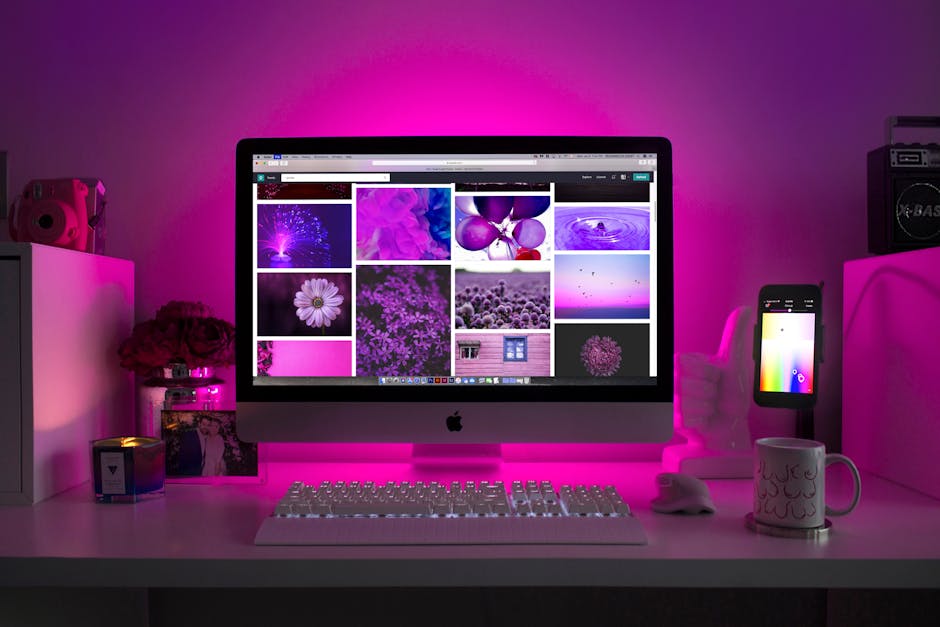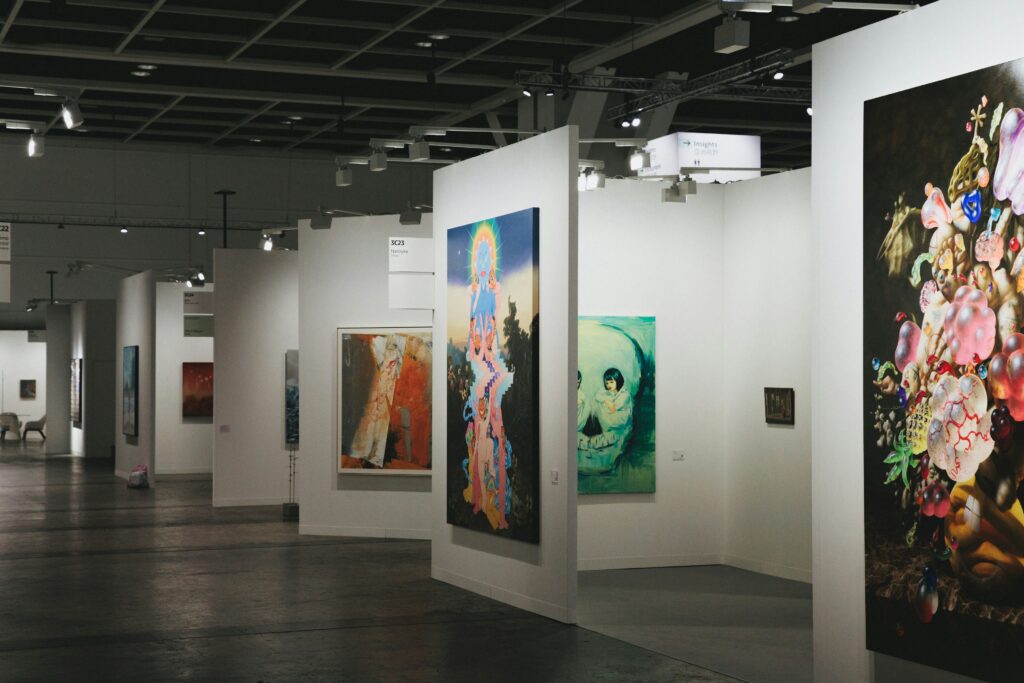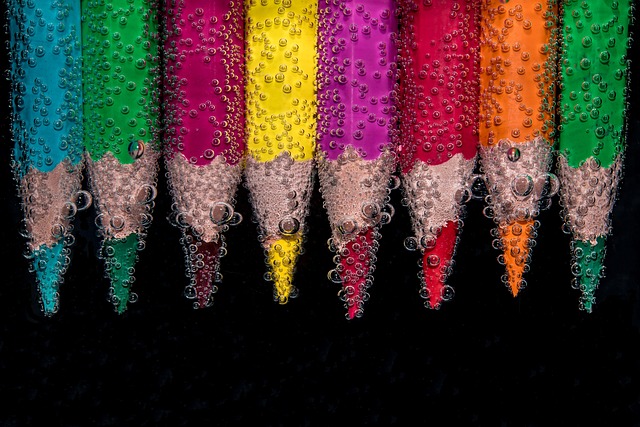Introduction
Vlogging didn’t fade when other content shortcuts burned out. It adapted. Through waves of platform changes, pandemic aftermaths, and shifting audience habits, vlogging held on because it’s real, personal, and hard to fake. Where scripted trends come and go, people still crave connection. That’s what vlogs deliver.
In 2024, the game’s changing. Faster algorithms, shorter attention spans, and smarter tools are reshaping what works—and what gets seen. Success isn’t just about putting your life on camera anymore. Now, it’s about shaping that story to fit tighter formats, showing up consistently, and understanding the tech behind the feed. For creators who pay attention and stay nimble, this is an open lane. For everyone else, good luck keeping up.
Digital tools used to be just that—tools. Brushes swapped for styluses, film swapped for files. But now, we’re in deeper. With AI, generative models, and algorithmic processes, the tech isn’t just helping create the work. It’s influencing what the work even is.
Vloggers are no longer just filming and editing. They’re co-creating with systems that suggest plot twists, generate b-roll, or edit entire sequences. AI scripts content that feels human. Algorithms pull creators toward trending beats they didn’t think they’d ever touch.
This cuts both ways. Some use tech like an extension of thought—quick, efficient, still personal. Others find themselves drifting, creating for what the machines prioritize, not what they care about. The result? A blurry space where the tool sometimes steers the hand.
In 2024, it’s not just about how technology makes creating easier. It’s about how it reshapes the intent behind what’s made. The smart creators know where to draw the line—and when to cross it.
Virtual Reality, Augmented Reality, and Mixed Media
Immersive tech isn’t just for gamers anymore. Vloggers are tapping into VR, AR, and mixed media to turn passive viewers into active participants. Whether it’s adding spatial audio to a walk-and-talk video or creating a 360-degree experience of a city vlog, creators are layering tech to deepen the connection with their audience. It’s still early days for full-scale adoption, but the early movers are getting noticed.
AR filters and overlays are also doing more than just entertaining. They’re context tools, branding assets, and sometimes part of the story. The line between video and experience is blurring—intentionally. Think travel vloggers offering virtual tours or food creators mixing real-world cooking with AR ingredient guides.
A few standout exhibitions point to where things are heading. The “Living Layers” installation at the Digital Arts Museum in Berlin used mixed reality to place viewers inside reconstructed memories from different cultural settings. Meanwhile, The Met’s experiment with mobile AR tours offers a playbook for creators looking to take storytelling off-screen and into the real world. The tech is there. The only question now is how creatively you use it.
The Opportunities and Tensions of Digital Ownership
Digital ownership isn’t just a buzzword anymore — it’s a battleground. As vloggers look for ways to own their content, platforms like NFTs are offering something new: real control over distribution, monetization, and audience access. For some creators, this means being able to sell digital collectibles, access passes, or limited-edition video content, all without relying on middlemen or platforms that shift the rules mid-game.
It’s autonomy with perks. NFTs can create scarcity that makes content more valuable. They also give creators more visibility by signaling innovation and exclusivity. But that second word — exclusivity — is where it gets complicated. Critics argue that putting content behind paywalls or minting videos as tokens can turn community into a commodity. Not everything should be sold, and not every viewer can pay.
So there’s a line to walk. It’s possible to use NFTs to build more sustainable, direct relationships with fans, but creators have to stay aware of who gets included — and who gets left out. Done right, digital ownership can free creators from the algorithm. Done wrong, it risks recreating old media silos in new clothes.
Code Meets Canvas: Creative Partnerships Fueling the New Wave
Something is shifting in the creative sphere. Coders aren’t just writing logic anymore—they’re helping shape the aesthetic. Artists aren’t just looking for brush strokes or camera angles—they’re pulling in engineers, data scientists, and technologists. The result is hybrid teams building experiences with both soul and syntax.
We’re seeing indie vloggers partner with machine learning developers to generate real-time visual effects. Animators are teaming up with back-end architects to create interactive storylines that change based on user behavior. These pairings do more than just add flair—they offer new ways to explore meaning, pacing, and narrative.
Take digital painter Sofia Xu, who codes generative brushstrokes that respond to music, or the duo behind “StreamDream,” a vlog-simulation engine that personalizes content based on viewer feedback. It’s code as canvas. And if you’re a creator stuck thinking in old categories, this is your sign to find someone who speaks both Python and poetry.
Digital Innovations Confronting Painting, Sculpture, and Portraiture
Digital tools are no longer just for video editors and graphic designers—they’re reshaping classical art forms from the canvas up. Painting, sculpture, and portraiture are shifting as artists lean into virtual brushes, 3D modeling, and augmented reality to push past the limits of physical media. The result isn’t a rejection of tradition but a remix.
Painters are using digital canvases where texture happens not with oil or acrylic, but with code and stylus pressure. Sculptors are swapping clay for VR sculpting apps that let them mold full-body forms without ever touching a chisel. Portrait artists are experimenting with AI to develop layered composites or spark conceptual twists that wouldn’t exist with pencil alone. The new work feels fresh—but it also asks questions about ownership, authorship, and what counts as “real.”
Artists today aren’t just keeping up—they’re redefining the rules. For more ideas on how this is playing out in real time, explore How Contemporary Artists Are Redefining Portraiture.
The digital art world isn’t a level playing field, and access to tech is a big reason why. High-end tools—whether that’s advanced motion graphics software or AI-powered editing suites—aren’t cheap, and they often require powerful hardware to run. Artists in places with limited infrastructure or funding end up stuck on the sidelines while others race ahead. It’s not about talent—it’s about tech.
Then there’s the question of preserving art in a digital world. Files can get lost. Platforms vanish. Formats go obsolete fast. Archiving digital works takes effort, money, and some serious planning. A JPEG isn’t forever. That’s why more creators are learning how to properly store, tag, and future-proof their work—but a lot still falls through the cracks.
Here’s the bottom line. Technology can sharpen your voice or drown it, depending on how it’s used. It’s a tool—not an achievement. And in a noisy world of auto-generated everything, what still stands out is the human behind the screen, using what they’ve got with purpose.




